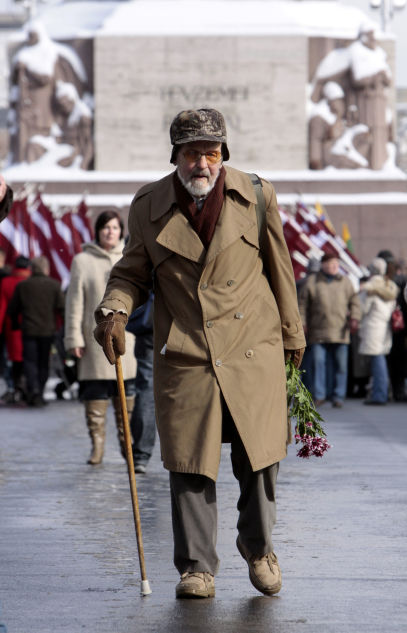On 13 April 1946, the Council of Ministers of the Soviet Union issued Resolution No 843-342cc 'On the Return of Repatriates to their Homeland - Latvians, Estonians and Lithuanians'. That Resolution excluded a separate category of Soviet citizens – residents of the three Baltic republics – from earlier documents on punishment in the form of forced labour in the northern regions of the USSR for former legionnaires, “Vlasovites”, and collaborator police battalion units.
During the German occupation, the Nazis created many police and military formations in Latvia, Estonia and Lithuania. The Germans drafted the most troops in Latvia: a total of 115,000 men, about 30,000 in Estonia, and 26,000 in Lithuania.
On 16 March 1946, Jan Kalnberzin, First Secretary of the Latvian Communist Party, and Vilis Lacis, Head of the Government, wrote a letter to Vyacheslav Molotov, First Deputy Chairman of the Council of Ministers of the Soviet Union. They reported that their compatriots had been forcibly mobilised by the occupiers, but that the Latvians had evaded mobilisation in every possible way. As a result of their conviction after the war, a large number of Latvian SSR citizen families had lost their breadwinners. The leaders of the republic explained that sending former legionnaires deep into the country had caused negative sentiments among the population; moreover, the Latvian SSR was in great need of a labour force.
Not wanting to complicate the already difficult situation in the Baltic republics, the Soviet leadership compromised with Kalnberzin, Lacis and the governments of Estonia and Lithuania.
Source:
Alexander Dyukov, “Mercy to the Fallen: Soviet Repression against Nazi Collaborators”, Moscow, Historical Memory Foundation, 2009
























